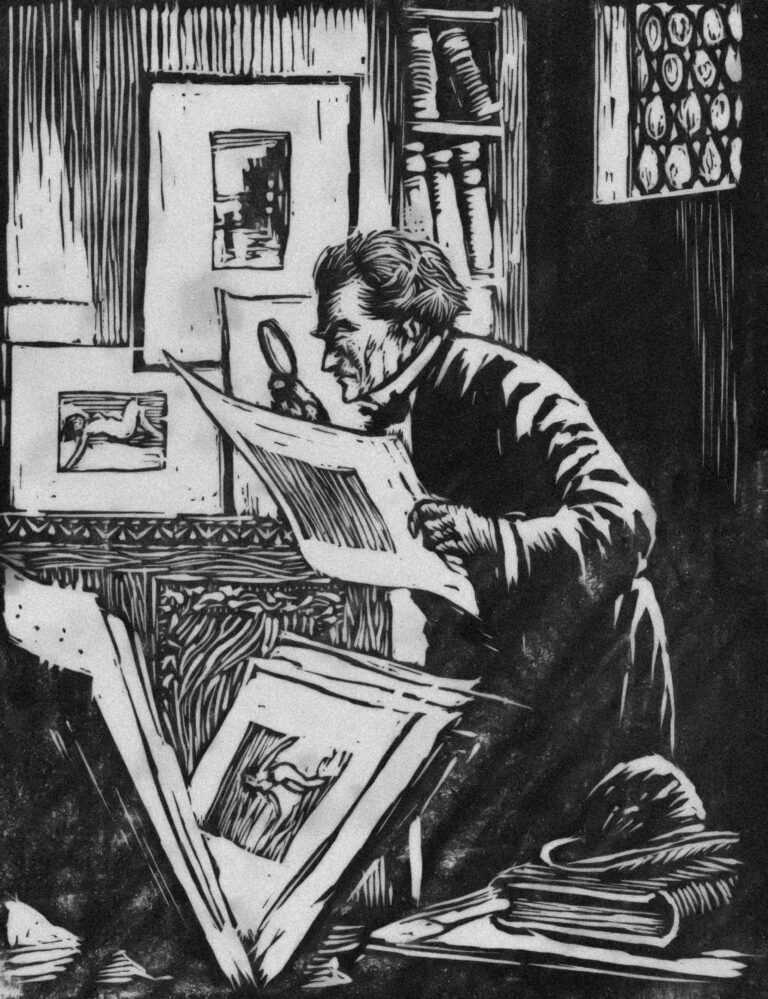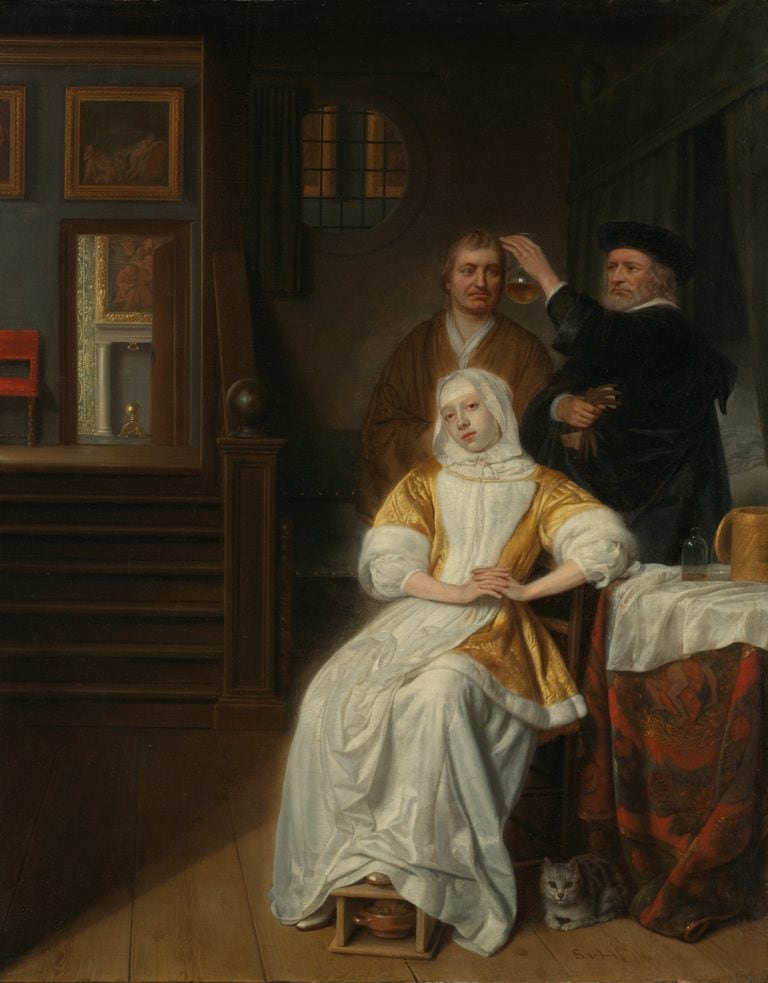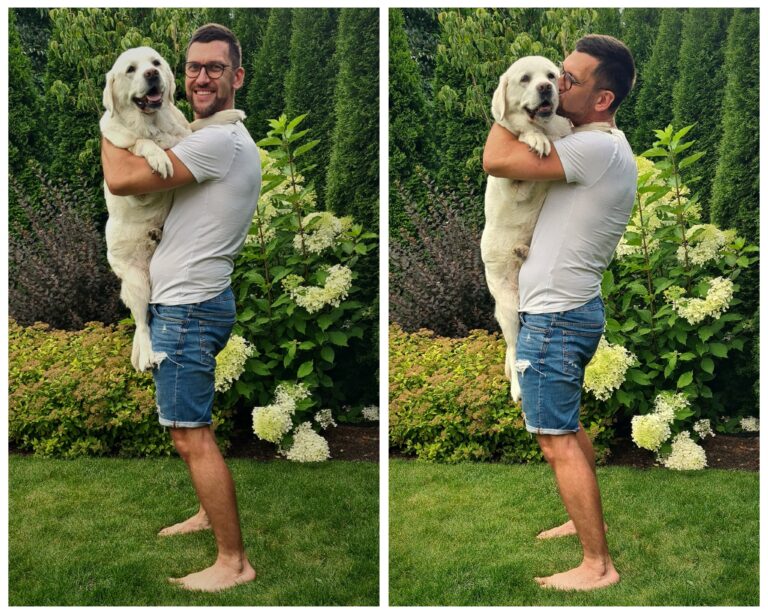OCD Recovery: 7 Real Steps Toward Freedom and Healing

OCD recovery isn’t about eliminating every intrusive thought or never feeling anxious again. It’s about learning how to respond differently—so your thoughts no longer control your behavior, time, or peace of mind.
Recovery is possible. It’s not linear, and it’s rarely quick—but with the right tools and support, it can be deeply life-changing. Here are 7 essential components of OCD recovery that help people move from fear and compulsions to clarity, confidence, and freedom.
1. Understanding the Nature of OCD
The first step in recovery is education. Learning that OCD is a disorder of doubt, fear, and misfired alarms—not a reflection of who you are—helps reduce shame and guilt.
Understanding that compulsions only strengthen the fear cycle allows you to begin viewing OCD as something separate from your identity.
2. Getting an Accurate Diagnosis
Many people with OCD are misdiagnosed for years. OCD often hides behind symptoms like anxiety, perfectionism, or overthinking.
A correct diagnosis by a licensed mental health professional who specializes in OCD is critical. It opens the door to evidence-based treatment and helps explain what’s been happening inside your mind for so long.
3. Starting Evidence-Based Treatment (Especially ERP)
Exposure and Response Prevention (ERP) is the gold standard for OCD treatment. It involves intentionally facing your obsessions (exposure) without engaging in compulsions (response prevention).
While it can be uncomfortable at first, ERP teaches the brain that anxiety can rise and fall naturally—and that compulsions aren’t necessary to stay safe. Over time, the fear weakens.
4. Reducing and Resisting Compulsions
You don’t recover by making the thoughts stop—you recover by changing how you respond to them. That means letting go of compulsions, even when the anxiety screams for reassurance or relief.
This includes physical compulsions (like checking or washing) as well as mental rituals (like reviewing, praying, or canceling out thoughts).
Freedom comes not from control—but from learning to sit with uncertainty.
5. Practicing Self-Compassion
OCD often makes people feel guilty, ashamed, or broken. But healing doesn’t come from self-punishment. It comes from treating yourself with understanding, even when things feel messy or progress feels slow.
Self-compassion helps you handle setbacks, resist perfectionism, and stay committed through the ups and downs of recovery.
6. Building a Support System
OCD can be isolating. You may feel like no one understands what you’re going through. That’s why it’s essential to connect with others who get it—whether that’s through therapy, support groups, or trusted relationships.
A strong support system helps reduce shame and reminds you that you’re not alone—and never were.
7. Staying Committed and Celebrating Progress
Recovery isn’t a switch—it’s a daily practice. You may still have intrusive thoughts. You may still feel anxious. But over time, your response changes, and your world opens up again.
Celebrate small wins: resisting a compulsion, tolerating uncertainty, or going a full day without checking. These steps matter. They add up.
Final Thoughts
OCD recovery is possible. It doesn’t mean you’ll never have another intrusive thought—it means those thoughts no longer run your life.
With ERP, support, and self-compassion, you can train your brain to stop reacting with fear and start living with freedom. You are not your thoughts—and healing is absolutely within reach.





